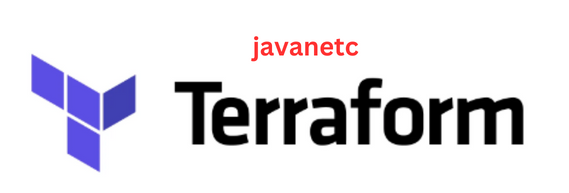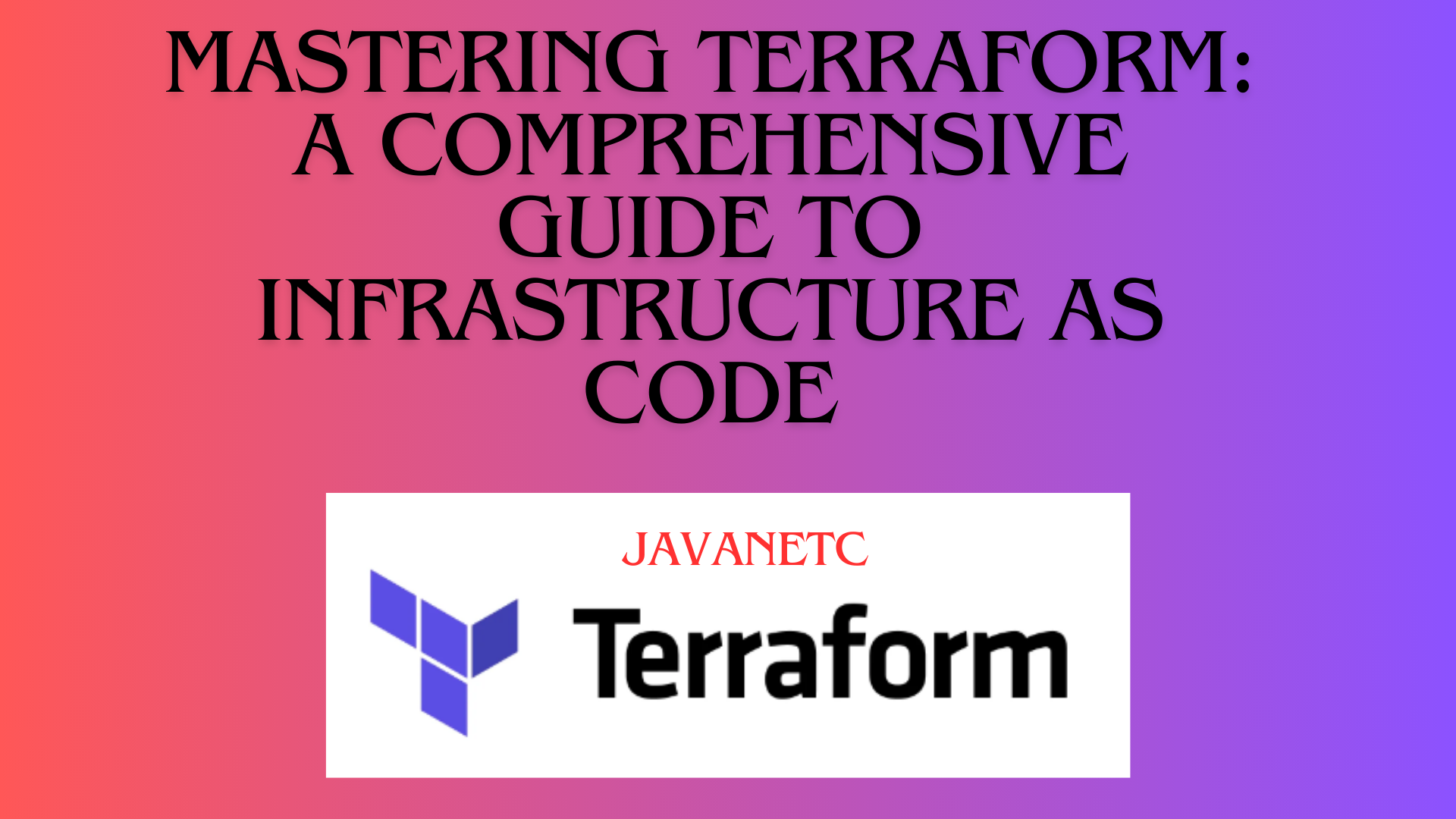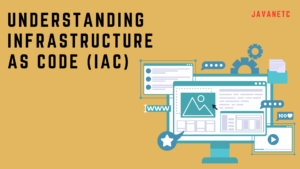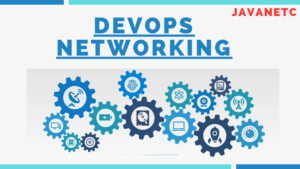Introduction:
In the realm of modern cloud computing and DevOps practices, managing infrastructure efficiently and reliably is paramount. Enter Terraform – an open-source Infrastructure as Code (IaC) tool that revolutionizes the way infrastructure is provisioned, deployed, and managed across various cloud providers. In this guide, we’ll delve deep into Terraform, exploring its core concepts, practical implementation, and its seamless integration into DevOps workflows.

Table of Contents
What is Terraform?
Terraform is not just another tool; it’s a game-changer in the world of infrastructure management. By allowing users to define infrastructure resources declaratively using code, Terraform enables automation, consistency, and scalability. Gone are the days of manual provisioning and configuration – with Terraform, infrastructure becomes code, empowering teams to automate deployments, reduce errors, and enhance agility.
Getting Started with Terraform:
Before diving into the intricacies of Terraform, it’s essential to set up the environment. This includes creating a Microsoft Azure DevOps account, configuring permissions, and setting up the project. Once the groundwork is laid, developers can begin harnessing the power of Terraform to define, manage, and deploy infrastructure resources seamlessly.
How Terraform Works:
Terraform operates as an Infrastructure as Code (IaC) tool by enabling users to define infrastructure through code using the HashiCorp Configuration Language (HCL). Here’s a simplified overview of how Terraform works:
- Configuration: Users define the desired infrastructure in Terraform configuration files using HCL. These configuration files describe the resources and their desired state, such as virtual machines, networks, storage, etc.
- Initialization: Before using Terraform, you need to initialize the working directory. This step downloads the necessary provider plugins and modules specified in the configuration files. Providers are responsible for interacting with APIs of various infrastructure platforms (e.g., AWS, Azure, GCP).
- Planning: After initialization, Terraform generates an execution plan based on the configuration files and the current state of the infrastructure. The plan outlines the actions Terraform will take to achieve the desired state, such as creating, updating, or destroying resources. This step facilitates customers apprehend the effect in their modifications earlier than making use of them.
- Applying: Once the plan is reviewed and approved, Terraform applies the changes to the infrastructure. It communicates with the respective APIs of the providers to create, update, or delete resources as necessary, ensuring that the infrastructure matches the desired state specified in the configuration files.
- Provisioning: Terraform can optionally handle provisioning tasks such as installing software or configuring resources after they are created. This can be achieved using provisioners, which are scripts or tools that run on the newly created resources to perform additional setup tasks.
- Change Management: Terraform enables consistent and repeatable infrastructure changes by managing them through code. Any modifications to the infrastructure can be made by updating the configuration files and reapplying them using Terraform. This approach ensures that the infrastructure remains versioned, auditable, and easily reproducible.
Terraform as an IaC Tool:
Terraform’s prowess as an Infrastructure as Code tool lies in its ability to leverage the HashiCorp Configuration Language (HCL) to define infrastructure resources. By following a structured workflow of configuration, initialization, planning, applying, and provisioning, users can automate infrastructure management with ease, ensuring consistency and repeatability across environments.
Exploring Terraform Components:
Understanding the core components of Terraform is essential for mastering its capabilities. Terraform modules enable the design and sharing of infrastructure resources, while plugins extend its functionality to communicate with various systems and cloud providers. By leveraging these components effectively, users can build scalable, resilient, and efficient infrastructure architectures.
Unlocking the Power of Terraform:
The versatility of Terraform extends beyond mere infrastructure provisioning. It serves as a catalyst for enhancing collaboration, version control, and agility in DevOps practices. Whether it’s managing resources across multiple environments or adapting to changing business needs, Terraform empowers organizations to stay ahead in today’s dynamic technology landscape.
Challenges and Considerations:
While Terraform offers a myriad of benefits, it’s essential to acknowledge the challenges that come with its adoption. From the learning curve associated with its unique syntax to the complexities of state management and resource limitations, organizations must navigate these hurdles strategically to harness Terraform’s full potential.
Terraform and DevOps: A Perfect Match:
Terraform and DevOps are symbiotic – together, they pave the way for seamless infrastructure automation, continuous integration, and delivery. By integrating Terraform into the DevOps toolchain, teams can accelerate deployment cycles, minimize downtime, and foster collaboration across the development lifecycle. The result? Faster, more reliable, and scalable infrastructure deployments that align with business objectives.
Conclusion:
In conclusion, Terraform emerges as a pivotal tool in modernizing infrastructure management. Its declarative approach, coupled with robust features and seamless integration with DevOps practices, makes it indispensable for organizations striving for agility, reliability, and scalability. By mastering Terraform, teams can embark on a journey towards infrastructure automation excellence, unlocking new possibilities in the ever-evolving world of cloud computing.




charona guglielmini
Unlock seamless operations with our comprehensive IT support services, including:
– Infrastructure Support (Server, Network, Application)
– End User Support
– Deployment and Migration Services
– IT Consulting
– IT Outsourcing
Hey people!!!!!
Good mood and good luck to everyone!!!!!